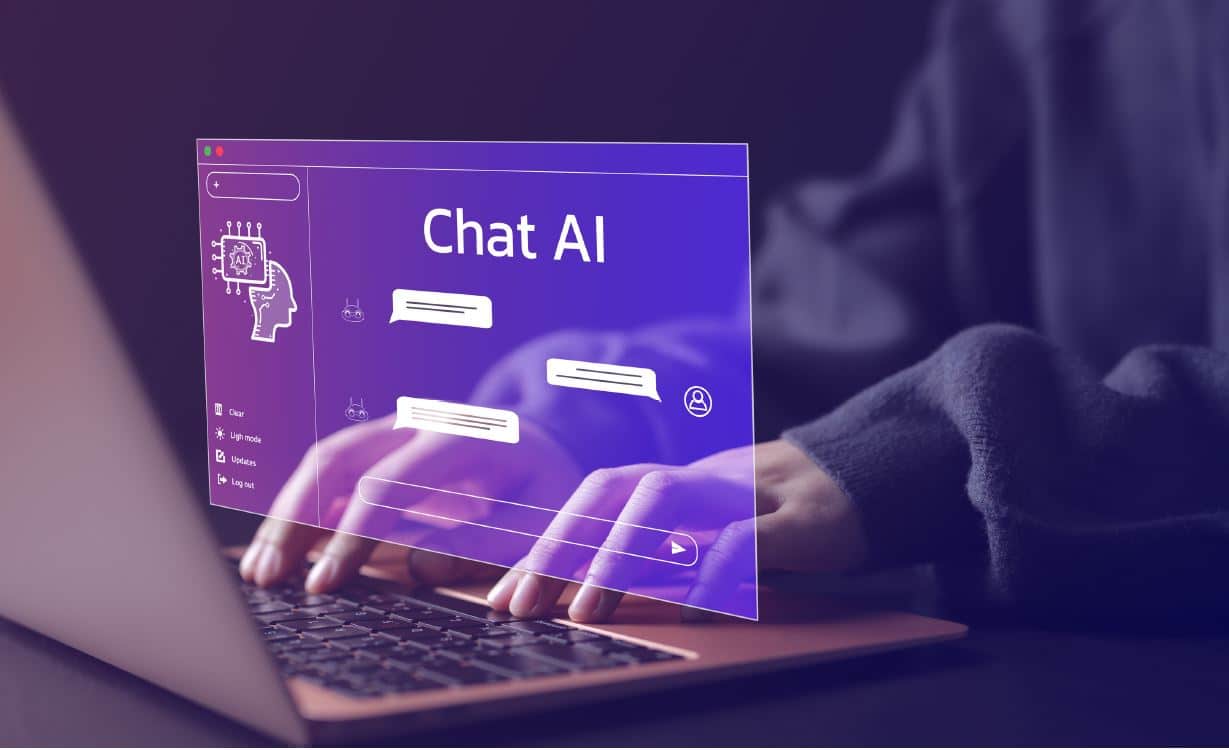*Changes may apply


Segment 1: Large Language Models
- Fundamentals:
- Key Concepts: Fundamental principles and terminology.
- Developing Language Models: Evolution from GPT-3 to ChatGPT, including Instruction Tuning and Reinforcement Learning with Human Feedback (RLHF).
- Knowing the landscape:
- Industry Landscape: Analysing the main players in the field, including both open-source and proprietary models.
- Prompt Engineering:
- What is it and how to do it well
- Few-shot (AKA in context learning) vs. Instruction
- Common techniques
- Customization Techniques:
- Fine-tuning
- Parameter-efficient tuning (PEFT)
- When to use fine tuning?
- The rise of SLMs
- Evaluation:
- Why is it SO hard?
- Known benchmarks & leaderboards review
- Classical methods
- Using LLM as a judge, reward & critique models.
- Reasoning:
- From CoT to Large Reasoning Models, o1, o3, Claude extended thinking.

Segment 2: AI Systems / Workflows
- Retrieval Augmented Generation (RAG):
- Overview: what is RAG.
- Indexing & Chunking.
- Retrieval: embeddings + semantic search and other methods
- Best practices and considerations vs. long context.
- Llama Index overview
- Static chains:
- Breaking complex tasks into chains
- LangChain overview
- Function calling / tool use:
- What is it and how to use it
- Pre & Post Processing:
- Cleaning, chunking
- Workflows & Systems:
- Common methods for pre-processing of data
- Filters and methods to handle outputs, especially hallucinations
- Generate and fix vs. Best-of-N – what is better?
- LLM as a router + SLMs.

Segment 3: AI Agents
- AI Agents overview:
- What is an Agent?
- Agents vs. Workflows
- The agents landscape
- Introduction to LangGraph
- Building AI Agents:
- Frameworks overview (Google Vertex, AutoGen, CrewAI)

